Choosing the right dog isn’t just about finding one that’s cute—it’s about finding one that fits your life. The wrong match can lead to frustration for both you and your pup, while the right one can become the foundation for years of joy, loyalty, and companionship. From your lifestyle and space to your budget and energy level, every factor plays a role in choosing your perfect canine partner. Here’s a guide to help you make an informed, heart-smart decision before bringing your new best friend home.
1. Assess Your Activity Level

Before you fall in love with a breed, think about your own energy levels. If you love hiking, running, or being outdoors, an active breed like a Border Collie or Labrador Retriever will keep up with your lifestyle. If your idea of exercise is a stroll to the café, a lower-energy breed like a Bulldog or Basset Hound may be a better fit. The happiest dogs are the ones whose exercise needs align with their owner’s pace.
A 2023 study published in Frontiers in Veterinary Science found that dogs whose daily activity matched their owners’ routines showed lower stress levels and fewer behavioral issues. That means your energy compatibility isn’t just convenient—it’s essential for your dog’s mental health. Choosing a breed that moves like you do sets you both up for a healthy, fulfilling bond. When you’re in sync, exercise becomes a joy, not a chore.
2. Consider Your Living Space

Your home’s size and setup can make or break your dog’s happiness. Large breeds like German Shepherds or Golden Retrievers need room to roam, while apartment-friendly breeds like Dachshunds or French Bulldogs are more comfortable in smaller spaces. Don’t just consider square footage—think about access to outdoor areas for play and bathroom breaks.
If you’re living in a high-rise, prioritize breeds that adapt well to confined environments. Even small dogs need daily walks and mental stimulation, so ensure your living space and lifestyle provide outlets for their energy. A comfortable, well-suited environment can make a huge difference in how your dog settles in.
3. Think About Your Schedule

Your daily schedule determines how much time and attention your dog will get. Some breeds, like Basset Hounds or Greyhounds, are more independent and tolerate alone time, while others, like Poodles or Cocker Spaniels, crave near-constant companionship. If you work long hours or travel often, a lower-maintenance breed will be happier—and so will you.
According to the American Kennel Club, separation anxiety is one of the most common behavioral problems in dogs left alone too often. Dogs are pack animals, and too much solitude can lead to destructive behavior or emotional distress. Consider dog walkers, doggy daycare, or even adopting two dogs to keep each other company if your schedule is packed.
4. Research Grooming Needs

Grooming isn’t just about looks—it’s about health and maintenance. Breeds like Shih Tzus and Pomeranians need frequent brushing and trimming, while short-haired breeds like Boxers or Beagles require minimal upkeep. If you’re not prepared for regular grooming appointments, go for a low-maintenance coat.
A report from the Journal of Applied Animal Welfare Science found that neglected grooming often leads to skin infections and discomfort, especially in long-haired breeds. Regular coat care helps regulate temperature and reduces allergens. Knowing what level of grooming commitment you can handle keeps your dog healthy—and your stress levels low.
5. Consider Allergies
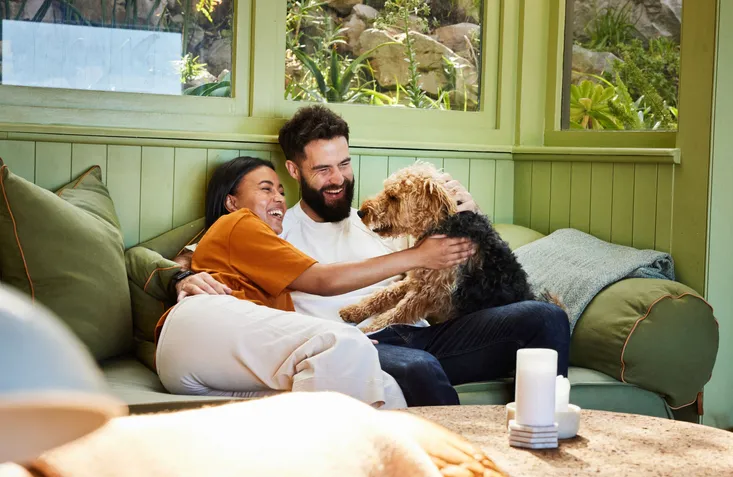
If allergies are a concern in your household, focus on breeds known for minimal shedding, like Poodles, Schnauzers, or Portuguese Water Dogs. These breeds produce fewer allergens, making them easier to live with for sensitive individuals. Keep in mind, no breed is completely hypoallergenic—regular cleaning and grooming still matter.
Allergy specialists at the Mayo Clinic recommend vacuuming often, using HEPA air filters, and keeping dogs out of bedrooms to reduce allergen exposure. Spending time around a potential breed before adopting can also reveal how your body reacts. It’s better to test your tolerance early than discover a lifelong problem later.
6. Think About Your Family Dynamic
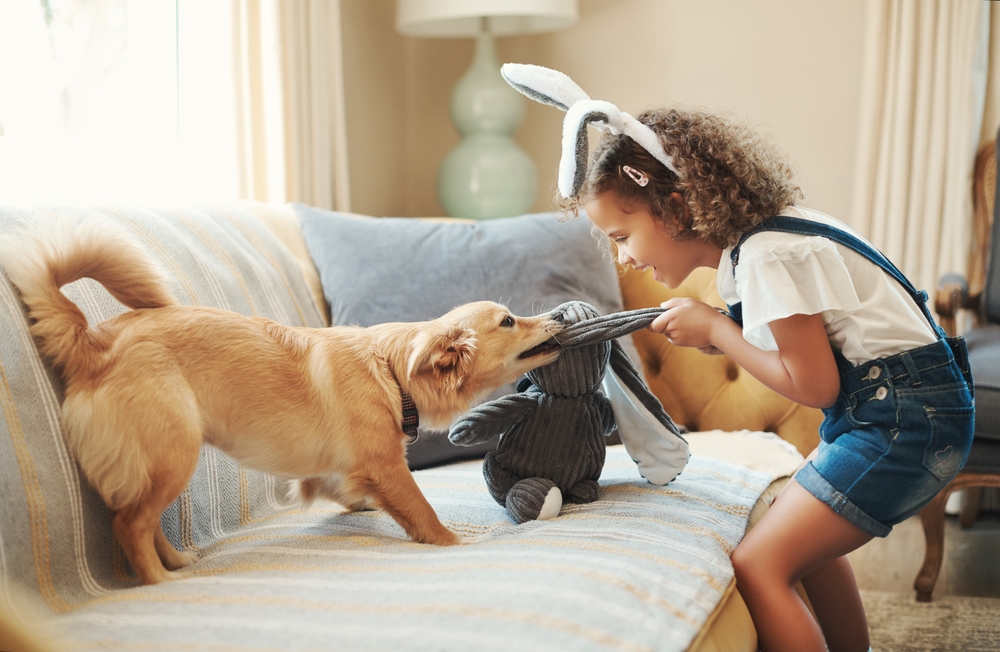
The right dog depends on who else shares your home. Families with young children may thrive with gentle, patient breeds like Labradors, Golden Retrievers, or Beagles. Quieter homes or single owners might find better companionship in calmer breeds like Greyhounds or Shiba Inus.
Consider the personalities and routines of everyone in the house. Dogs mirror the energy around them, so a high-energy family might overwhelm a shy pup. Meeting a dog several times before adoption can reveal how they interact with your household dynamic.
7. Consider Your Budget

Owning a dog comes with recurring expenses—food, grooming, vet care, and the occasional emergency. Larger breeds often cost more over time, from higher food intake to more expensive medications. Creating a realistic pet budget prevents financial stress down the line.
A 2022 American Pet Products Association survey found that the average dog owner spends between $1,200 and $1,800 per year on care. Those costs can rise sharply for medical emergencies or specialty diets. Planning ahead ensures your dog receives top-quality care without breaking your budget.
8. Decide on the Size
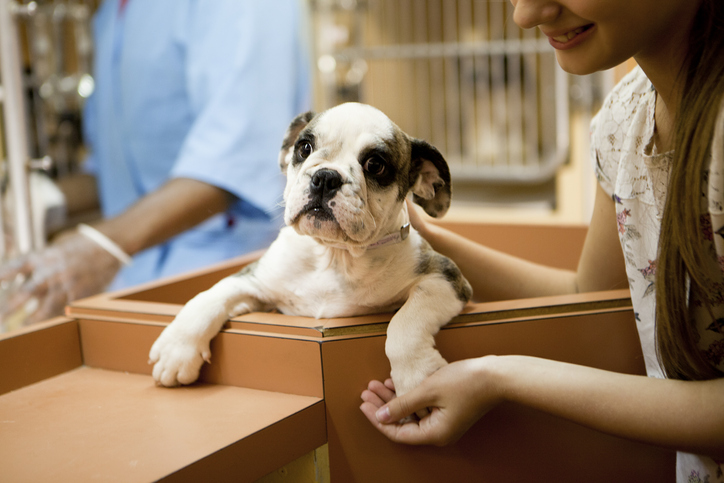
Size affects everything—from your home setup to your travel plans. Large dogs need space to move and can strain your budget, while small breeds require gentler handling and may be fragile around young kids. Think about how your dog’s size will impact your daily life.
Even medium breeds can surprise you with their strength and activity needs. If you’re new to dog ownership, start with a manageable size. Balancing size, lifestyle, and personal comfort will make your bond stronger and your daily routines smoother.
9. Look Into Temperament

Every breed has distinct personality traits—some are affectionate and loyal, others are aloof or protective. Understanding breed temperament helps set expectations. If you want an easygoing companion, consider a mellow breed like a Bulldog or Cavalier King Charles Spaniel.
Energetic and playful breeds, such as Terriers or Spaniels, thrive in interactive households. Spend time with different breeds before deciding—it’s the best way to gauge compatibility. The more you understand about temperament, the fewer surprises you’ll face later.
10. Evaluate Training Needs
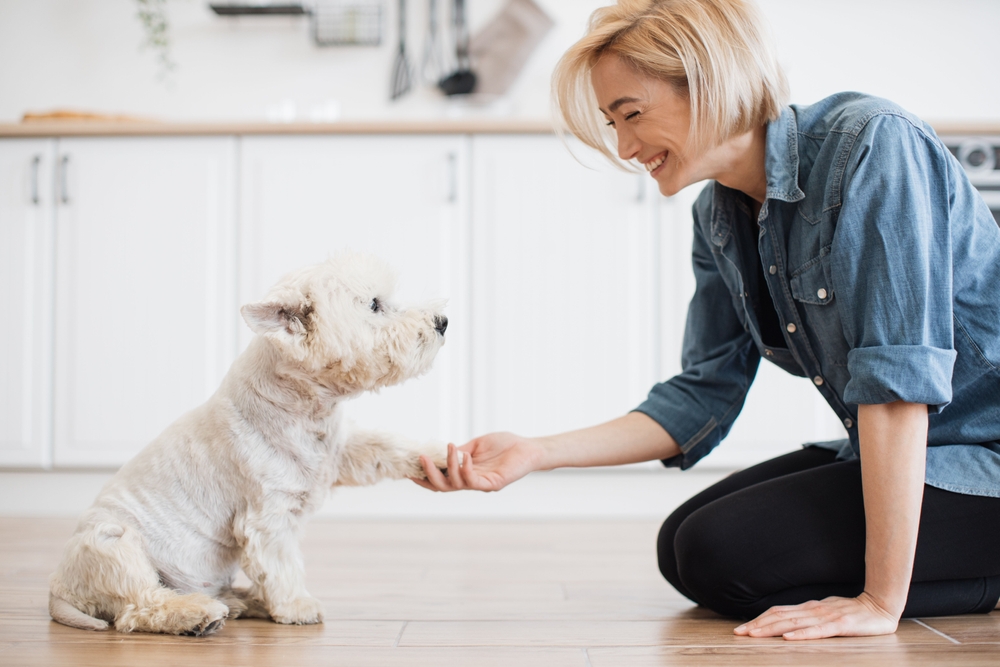
Some dogs pick up commands easily, while others test your patience. Intelligent breeds like Border Collies, German Shepherds, and Poodles respond quickly to training but also need mental challenges to stay engaged. More independent breeds like Afghan Hounds or Chow Chows might require persistence and positive reinforcement.
Consider whether you have the time and temperament for consistent training. If not, hiring a professional trainer can make the process smoother and more rewarding. The goal is mutual understanding—not dominance.
11. Research Health Concerns

Each breed comes with genetic predispositions to certain health problems. For example, Dachshunds can suffer from back issues, while larger dogs like Great Danes are prone to joint problems. Knowing what to expect helps you plan for potential veterinary needs.
Ask breeders or shelters about health screenings and genetic testing. Preventive care and awareness can extend your dog’s lifespan and improve quality of life. A little research upfront saves heartache (and cost) later.
12. Consider Lifespan

Smaller dogs often live longer—sometimes up to 15 years or more—while larger breeds like Mastiffs may only live 7 to 10 years. This difference can influence how long you’re ready to commit. Owning a dog means a long-term emotional and financial responsibility.
Consider how your life may change in the coming decade or more. A longer-lived breed will grow with you through multiple life stages. Make sure you’re ready for that kind of bond.
13. Don’t Overlook Mixed Breeds
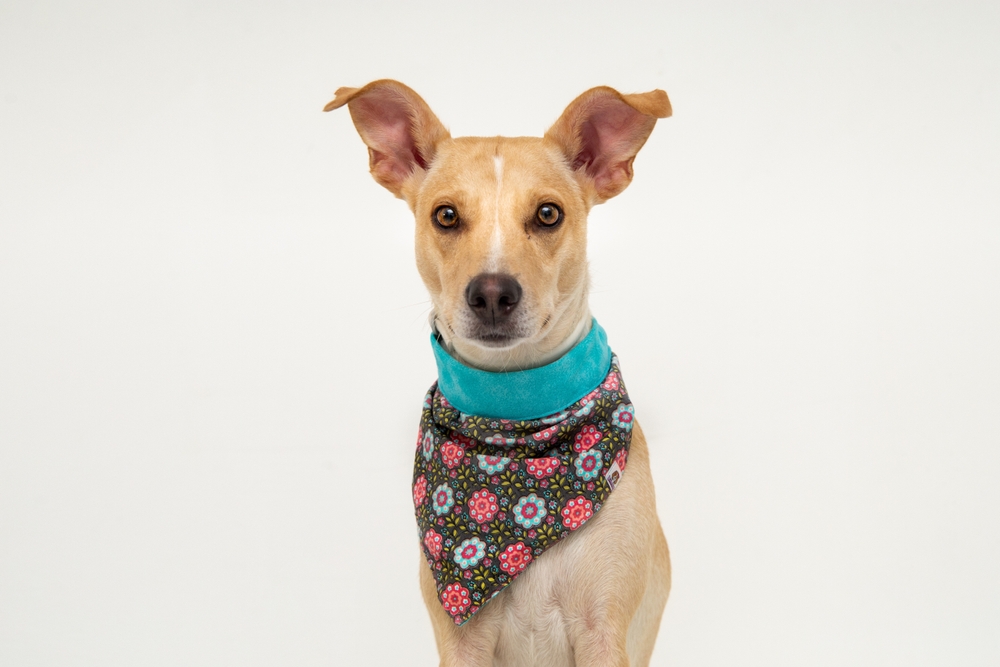
Mixed breeds often get overlooked, but they bring unique advantages. Thanks to genetic diversity, they’re often healthier and have more balanced temperaments. Adopting from a shelter also gives a second chance to a dog in need.
Mixed breeds can surprise you with loyalty, intelligence, and adaptability. They may not have a pedigree, but they often have the biggest hearts. Sometimes, the best match is the one that chooses you.
14. Think About Their Exercise Needs

Exercise is essential for a dog’s physical and mental well-being. High-energy breeds like Huskies and Australian Shepherds thrive on constant activity, while smaller or brachycephalic breeds prefer short, gentle walks. Neglecting exercise can lead to obesity and behavioral problems.
The right balance of physical and mental stimulation keeps dogs happy and calm. Make sure your schedule and stamina match their needs. A well-exercised dog is a well-behaved one.
15. Trust Your Gut
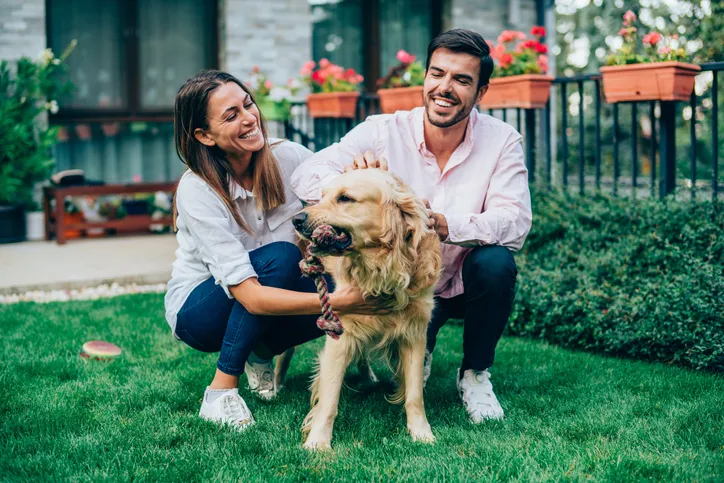
Sometimes, logic takes a backseat to intuition. You might meet dozens of dogs before one just feels right. That instinctive connection is hard to explain—but it’s real.
Research and planning matter, but your gut knows when a bond feels natural. Whether it’s a puppy from a breeder or an older rescue, trust that feeling. The best relationships are built on connection, not perfection.
